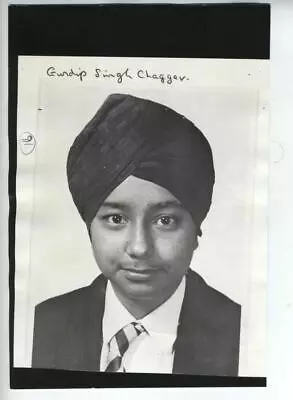Farrukh Dhondy | How London’s Bangladeshis kept the racists at bay in 1970s

“We know that Aurangzeb was very cruel
Fundamental Islam was his main fuel
And yet they say he was a humble man
Shunning indulgence, existing on gruel.
Emperor Akbar was benevolent
He didn’t go where Aurangzeb went
Calling all religions to be as one
He probably thought he was heaven sent.”
From The Rub-a dubaiyat, by Bachchoo
Channel Four TV made and transmitted three documentaries on the fights that the Asian communities of Britain put up against the British National Front, the fascist party of the 1980s and 1990s. About time.
When I worked at Channel Four from the 1984 to 1997, we reported on the incidents as they occurred as news. Now it’s history.
The docus concentrated on three Asian communities: Firstly, Southall, where in 1976 Gurdeep Singh Chaggar, a young Sikh, was murdered on the streets. This sparked a protest movement with huge demonstrations, the footage of which the documentaries featured, interspersed with the recollections of activists who emerged to organise the new radical spirit of the community that turned to resistance.
The second area of conflict was Tower Hamlets in the East End of London, a predominantly Bangladeshi settlement where in 1978 a young man called Altab Ali was murdered near Brick Lane. The documentaries showed footage of the demonstrations that followed, again interspersed with people who claimed to organise the revolt against the National Front.
The third Asian community history on display was that of the Bradford Twelve, who were accused and tried for the possession of petrol bombs. Their defence was that they were preparing for a violent invasion of Bradford by the National Front. The “invasion” never took place and the unused bombs were discovered and the twelve put on trial. A campaign was launched on their behalf and they were finally acquitted.
The NF, with their avowed policy of getting rid of immigrants, then held a much-publicised meeting in Southall Town Hall in April 1979. The community rose in protest and an attempt to block their entry to Southall was launched.
The NF intruders were protected by an unprecedented police presence to hold off and even arrest the Asian objectors who witnessed these racists defiantly entering the town hall making rude gestures. The documentaries featured footage of these moments.
Hundreds of groups from all over the country supported the anti-NF demonstration, including the London branch of the National Union of Teachers, one of whom, Blair Peach, was killed that day by a police truncheon’s blow to his head. No charges were ever brought for his murder. Gentle reader, I was on that demonstration and knew Blair, as we were both members of a radical presence in the NUT.
The documentaries claimed that the murder of Altab Ali in the East End transformed the hitherto passive Bangladeshi community of Tower Hamlets into a radical resistant force which then proceeded to defend the community and chase the NF from thence.
Gentle reader, I might have made the documentary with a different story.
In 1976 I was part of a radical activist collective called Race Today. A sweatshop worker from Brick Lane called our office asking for help. We turned up at the address he gave us — the only house in that street that remained unboarded-up. Twelve Bangladeshi men lived, four to a room, there. They believed they had “bought” the house but in fact had been swindled. The house and street belonged to the Greater London Council, who were now coming to evict them as the street was marked for demolition.
On the day that the GLC’s eviction squad arrived, we members of the Race Today collective gathered outside. A young Irishman called Terry Fitzpatrick, an ex-squaddie, was passing by and, after enquiring what was going on, confronted the GLC-wallas saying they were illegally evicting the residents as they were legal squatters entitled to residence there, as he himself was down another street.
The GLC-wallas were aware of this law and pushed off. Thus began the Bengali Housing Action Group (BHAG), with twenty young Bengalis joining Terry and Race Today to squat 600 Bengali families over the months in five streets of Tower Hamlets and a near-derelict housing estate called Pelham Buildings.
Many squatting families came from their council flats on housing estates where they were lone Bengalis subjected to regular abuse, physical attacks and vandalism to their residences from “neighbours”.
The other phenomenon that bedevilled the Bengali community was the random physical assaults on lone Bengalis by gangs of white men — a racist “sport” called “Paki-bashing”.
It was Terry and Race Today activists who organised several gangs of young Bangladeshi men into voluntary vigilante groups to patrol the housing estates and streets every day and into the night. The police claimed that this was illegal and we replied that if the legals did their job, the illegals wouldn’t be needed.
As a result of the vigilante groups encountering skinhead gangs and vans, Paki-bashing stopped.
And it was Terry and the vigilantes who physically assaulted the National Front paper-sellers and told them never to return to the corner of Brick Lane. They didn’t return.
Neither Terry (I suppose a white key activist wouldn’t suit the “Asian-hero” theme?) nor even one of the members of the anti-racist vigilantes was interviewed in the documentaries.
A sin of omission in an otherwise laudable media project — which got this narrative wrong.

